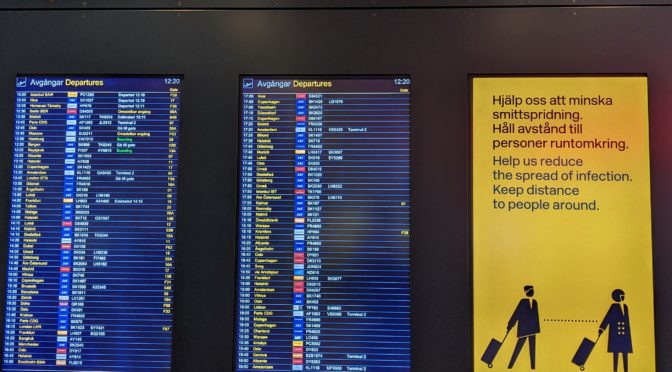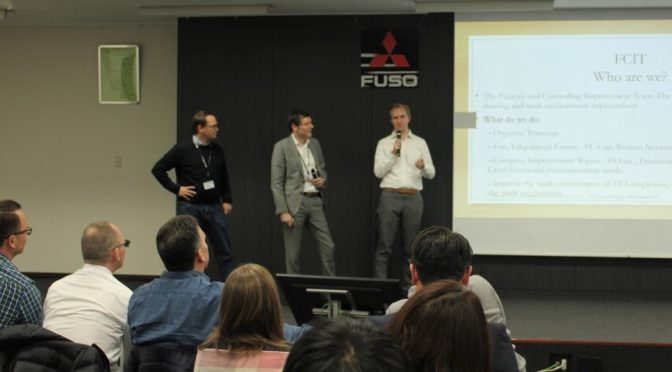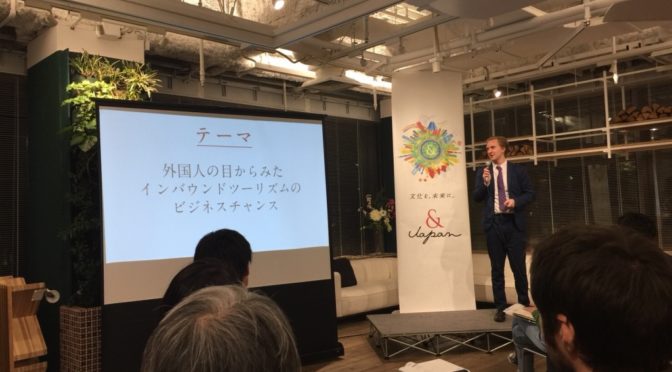In June, the Japanese Government made headlines proposing a four-day workweek. This came as a surprise for sure, as Japan is known for a corporate culture with a focus on time spent at work, rather than results.
The Cabinet officially announced the recommendation earlier in June, as part of the annual economical policy guidelines. The plans include ideas to “push” employers towards a four-day workweek. This is, however a “recommendation” that companies can feel free to choose whether to embrace or not.

Politicians hope to persuade company leaders that more flexible working hours and remote working can remain in place at the end of the covid19 crisis. One of the backgrounds of the initiative is to tackle Japan’s labor shortage and to keep the unemployment level low. The idea is that a four-day workweek will improve the work-life balance and enable:
- More time to take care of family members
- Further education, such as learning new IT skills.
- More time to take on a side hustle
On the other hand, workers and company leaders voice concerns regarding possible negative outcomes, such as salary reductions, or lower overall output due to less working time.
Microsoft in Japan has already tried this in 2019. Where staff worked in August for a four-day workweek, receiving their normal five-day salary. All staff was given a special paid leave. According to the company, the worker’s productivity exploded by +40%!
Except for Japan, many other countries have also similar ideas. Spain is launching a three-year similar project, with a voluntary 32-hour workweek experiment. Sweden had a two-year trial at a hospital with six-hour days, five days a week, with staff maintaining full salary. The project was not cheap, as more staff was brought in to cover the lost hours. On the other than, the project resulted in less sick leave, improved health, and higher productivity!















